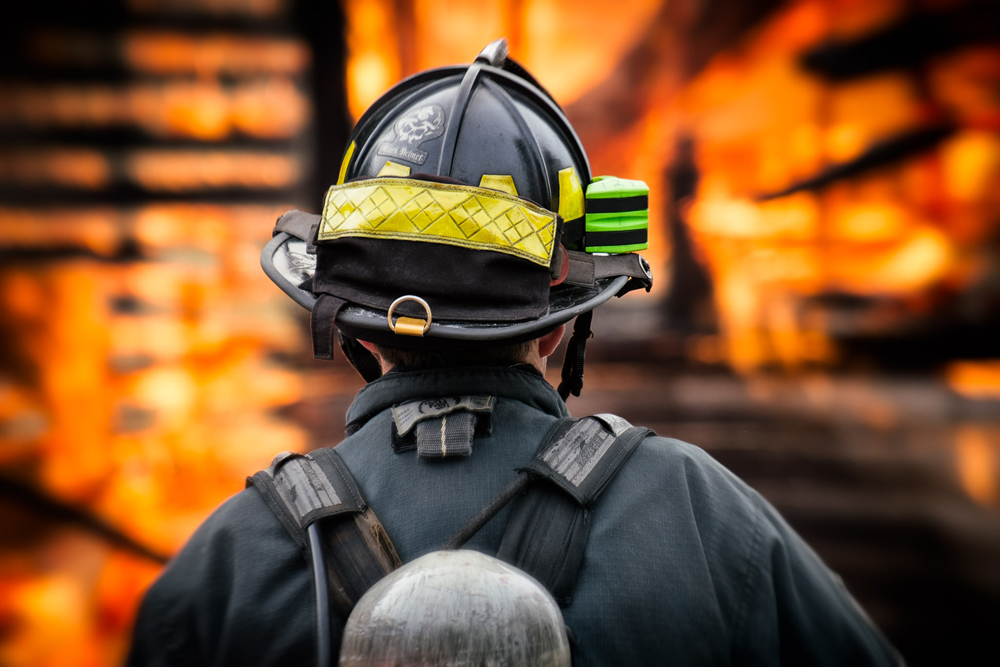
Fire safety training is an essential part of any workplace safety program. It is designed to educate employees on how to prevent fires from occurring, how to react if a fire does happen, and how to use fire safety equipment. This blog post will discuss why fire safety training is necessary, what you need to know, and some best practices to remember.
Why is Fire Safety Training Important?
Protects People and Property
The primary reason to conduct fire safety training is to protect people and property. Fire safety training ensures that everyone in the workplace knows how to prevent fires from occurring, how to evacuate safely in the event of a fire, and how to use fire safety equipment. This knowledge can help to prevent injuries and fatalities, as well as minimize property damage.
Legal Compliance
Fire safety training is also a legal requirement in many jurisdictions. Employers must provide employees with the knowledge and tools they need to prevent fires and react appropriately if a fire occurs. Failure to do so can result in fines and legal liabilities.
Promotes a Safety Culture
Fire safety training can also help promote a workplace safety culture. Educating employees on fire safety can demonstrate that safety is a priority and create a culture where safety is taken seriously. This can help to reduce accidents and injuries in the workplace, as well as improve productivity and morale.
What You Need to Know About Fire Safety Training
Fire Prevention
Fire prevention is the first and most critical aspect of fire safety training. Employees should be trained to identify potential fire hazards in the workplace, such as overloaded electrical outlets, improperly stored flammable liquids, or smoking near combustible materials. Employees should also be trained on adequately using fire extinguishers and reporting any fire hazards they notice.
Evacuation Procedures
Employees should also be trained on evacuation procedures during a fire. This includes knowing the location of fire exits, understanding the evacuation plan, and practicing evacuation drills. Employees should also be trained to help others evacuate safely, such as assisting those with disabilities or injuries.
Proper Use of Fire Safety Equipment
Finally, employees should be trained to use fire safety equipment properly. This includes fire extinguishers, sprinkler systems, smoke alarms, and any other equipment installed at the workplace. Employees should also be trained to maintain and inspect fire safety equipment to ensure it is always in working order.
Best Practices for Fire Safety Training
Regular Training
Fire safety training should be conducted regularly to ensure employees are up-to-date on the latest fire safety practices and equipment. This can include annual training sessions, refresher courses, and regular drills to practice evacuation procedures.
Hands-On Training
Hands-on training is essential for ensuring that employees know how to use fire safety equipment properly. This can include practicing using fire extinguishers, activating the sprinkler.
systems, and testing smoke alarms.
Customized Training
Fire safety training should be designed to meet the specific needs of your workplace. This may include addressing fire hazards unique to your industry or workplace, such as hazardous materials or specialized equipment.
Conclusion
Fire safety training is an essential part of any workplace safety program. It is designed to protect people and property, ensure legal compliance, and promote a safety culture in the workplace. By focusing on fire prevention, evacuation procedures, and the proper use of fire safety equipment, employers can help to minimize the risk of fires and create a safer workplace for everyone.
For more details on fire safety training, visit our website at: www.capitalsolutions.pk